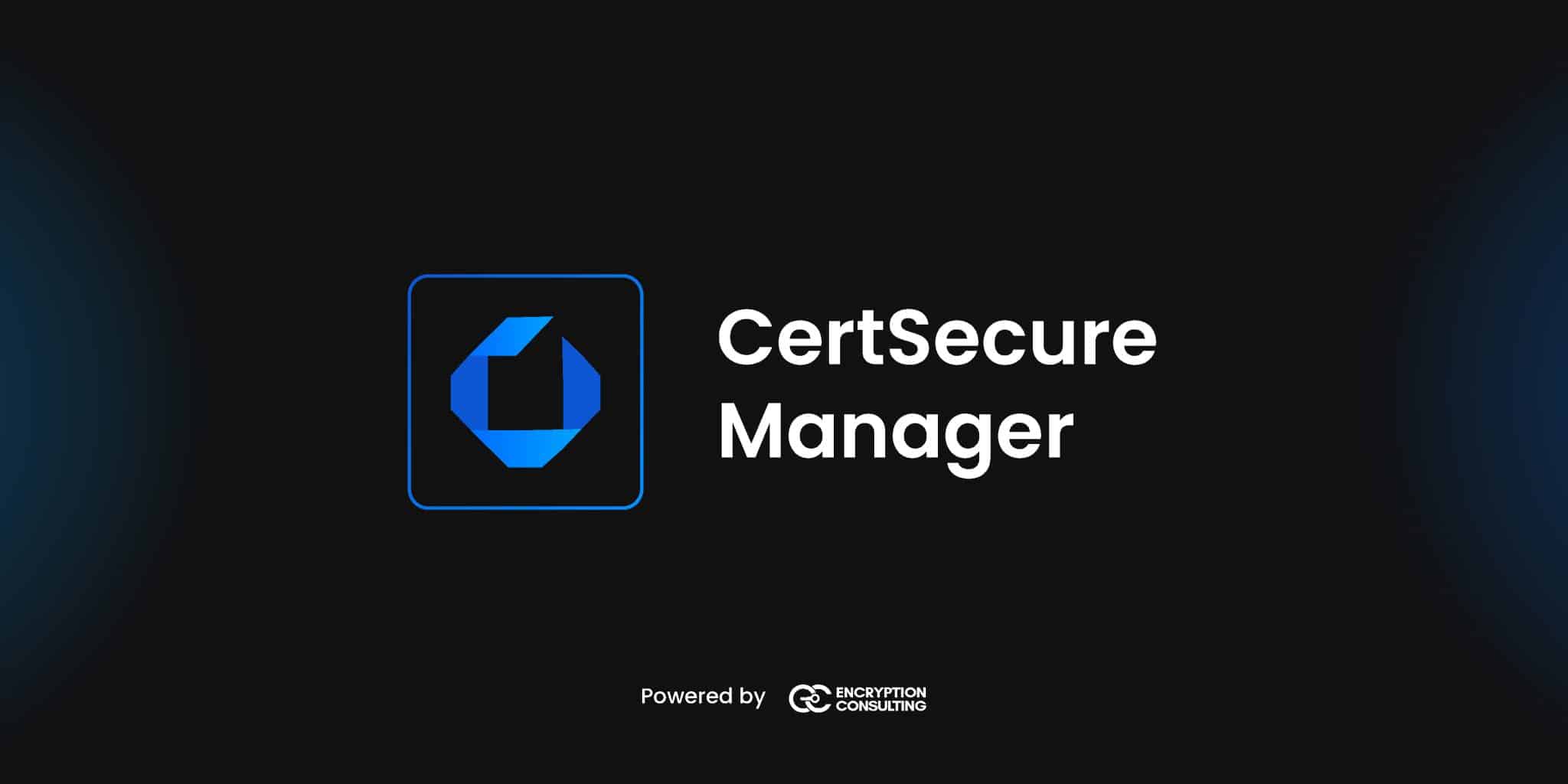Certificate Lifecycle Management
How to Automate F5 Certificate Management

Certificate Lifecycle Management

Whether you’re running a small business website, a complex enterprise application, or a cloud-based service, your users expect seamless, uninterrupted access. This is where load balancers come into play, and among the most trusted names in this domain is F5 Networks.
But manual certificate management on an F5 device can be pretty hectic considering the lifespans of SSL/TLS certificates were a couple of years long, until recently. That means, depending on the number of F5 devices you’re responsible for and the number of certificates on them, it’s not something you would have to think about that often.
Although some people might be reluctant to accept automation, it’s quickly evolving into a crucial F5 management procedure, but what is the main motivator for opting for automation?
The SSL/TLS certificate life is getting shorter and shorter. There are many scenarios now where the lifespan of an end-user SSL/TLS certificate is reduced to 90 days. Automating the certificate lifecycle is the most reliable option to help you overcome possible certificate outages. The days of taking relaxing breaks every few years are long gone. As previously indicated, the validity period of today’s certificates might be as little as 398 days or even 90 days.
The burden of this drastic change on manual management is substantial. Consider the amount of effort an IT team would have to do to manage hundreds of certificates that are quickly coming up for expiration. Missed renewals run the ongoing risk of causing additional disruptions. Moreover, a lot of companies just lack the personnel to manage these regular manual renewals.
It makes more sense to allocate valuable IT resources to strategic projects rather than rote administrative work. Both of these problems can be resolved by automation. It removes the possibility of human error and frees up IT personnel to work on more advanced projects.
Inefficient F5 certificate management processes may open your organization up to an increased risk of disruptive outages and network blind spots that result from expired or misconfigured certificates. It boils down to three challenges.
If you have multiple F5 appliances, each with dozens of partitions where certificates could be installed, it becomes really difficult to gain visibility and keep pace with renewals. F5 and network admins simply don’t have the time to log in to each F5 device to inventory certificates and all of their details (I.e. expiry, key size, algorithm, etc.) regularly.
Manually requesting and installing certificates into multiple F5 devices and partitions isn’t just time-consuming, it’s also prone to error and oversight. It often takes admins about 10-15 minutes to deploy each certificate, not to mention the time it takes to submit a certificate signing request (CSR) and retrieve the certificate.
That leads us to the final challenge – ensuring that every certificate is in line with security requirements. Manual processes often lead network admins to use shortcuts instead, like issuing self-signed or wildcard certificates, which saves them time, but it also creates security risks and lowers assurance levels.
To prevent these risks and avert unnecessary challenges, PKI and security teams need to adopt a more automated and centralized approach. By combining centralized visibility, policy enforcement, and automated provisioning and renewal, CertSecure Manager’s Renewal Agent simplifies F5 certificate management and helps you avoid unexpected downtime.
Automation sounds fun but what about the amount of access that needs to be given for automation to work on F5 infrastructure? CertSecure Manager can work with the last privileges required to rotate the certificate and the keys on your F5 device.
CertSecure Manager is a CLM solution by Encryption Consulting. It addresses the most critical challenge organizations face in managing PKI i.e., handling the sheer number of certificates across the infrastructure. From ensuring certificates automation for renewal and deploying to enforcing strict organization policies. CertSecure is designed to reduce manual overhead and simplify the overall management of you PKI infrastructure. Integrations like Service Now, Teams help implement workflows for alerting and incident management.
CertSecure Manager follows a certain method to segregate user information from each other where users can access their data and the departments they are assigned to. With policies defined, clients can also define roles which can be assigned to the users. Users can then conduct functions which are only defined by the permissions that are set by the administrator.
With the High Availability (HA) architecture of CertSecure, connector clients can effortlessly integrate all the public and private CAs . This provides a single pane of glass for managing all the certificates across multiple CAs. Its renewal agent workflows allow servers like Tomcat, Apache, nginx and load balancers like F5 to renew and deploy certificates without the need of any manual intervention. Thus, minimizing outages and increasing efficiency.
CertSecure Manager deploys a renewal agent for seamless certificate and private key rotation on your F5 device. The CertSecure Manager renewal agent makes certificate provisioning to your F5 device a jiffy with one click renewal and deployment with the least privileges required as discussed above. The CertSecure renewal agent helps us tackle all the problems an organization may face with F5 management:
Setting up CertSecure Manager Renewal Agent is a few-click job. You need to configure the configuration file which will contain the information related to CertSecure and store your F5 credentials and SSH credentials in your encrypted database using a support script.
After you have, copy and paste the registration token generated from the renewal agent dashboard to register a renewal agent. Once successfully registered it should return you a unique agent token and it will start the scan for renewal tasks. All the renewal tasks can only be controlled by CertSecure Manager.
Here, we need to set the general information along with F5-specific information, and the CertSecure related information. The General information consists of agent name, the agent type whether it is a renewal agent or a resource agent, and type of agent like it’s an F5 load balancer, Apache web server, etc.
The next section is where CertSecure IP is stored for the renewal agent to communicate with CertSecure Manager.
The last part of configuration file is the F5 specific information mentioned below:

Now copy-paste the token from the renewal agent dashboard and it should provide you with a unique agent ID.

To store your F5 creds in an encrypted database run the support file and enter the username and password. In this case, the root account is used (not advisable to use in production) it will use the username and password from the encrypted database while establishing the connection with the F5 device.

When a user wants to renew a certificate, he needs to make a renewal request from the CertSecure Manager interface. Certificate Renewal is a single-click renewal and it pushes the certificate to the F5 device directly with the help of credentials stored in the encrypted database.
As soon as you come to the dashboard of renewal agents you will find a list of renewal agents with lots of info regarding them. Among all the information you will find agent status which will indicate whether the agent is online or not, along with basic information like certificate details which agent will use to renew the certificate.

The actions button will open the option for renewal, viewing logs of the machine, updating the certificate information, and deleting the agent. Each Renew Task is assigned a unique task ID to manage and keep track of the process which can be seen in detail in the tasks section.
Now, before making a renewal request, we have to keep a few things in mind as soon as we initialize a renewal agent, we need to configure the certificate details the agent will use to issue the certificate. Renewal agents will not work until we have set these details for the agent to use. These details can also be modified.

Once the renewal request is made it will connect with the agent to process the renew task. The agent will get the TaskID and it will start creating the CSR and request a certificate from CertSecure Manager.

Once the certificate and private key are with the agent, it will start the process of replacing the certificates and key on the profile mentioned in the configuration file (conf.ini). It will try to connect to the F5 device and will place the certificate and private key in the common partition, the certificate in ssl.crt and the key in ssl.key directories. It will show the updates as the file are being moved and installed in the F5 device.

CertSecure Manager follows a robust method to segregate user information from each other where users can access their data and the departments they are assigned to. Only the Admin can see the data information of all the users.
Coming back to renewal, in case multiple renewal requests are being made at the same time they will be rejected, and the status of the certificate request will be aligned with the certificate request already present.
At the end of the process when the certificate and key are pushed and installed in the F5 device, you can check whether the installation is correct or not by checking the F5 GUI login and navigate to Certificate Management in System.

In conclusion, a load balancer is a critical component of any robust IT infrastructure, ensuring that your applications remain available, reliable, and secure. We are constantly seeking a seamless user experience that hinges on a delicate balance: ensuring application availability, reliability, and security. This balance is largely made possible by load balancers, especially those made by leading companies in the market like F5 Networks. Shorter SSL/TLS certificate lifetimes, however, make the security equation more complicated.
This is when automation becomes the revolutionary element. You may remove the possibility of disruptions brought on by neglected renewals by automating F5 certificate administration, freeing up your IT staff to work on other important projects.
Accept automation to turn your F5 balancing act from a risky tightrope walk into a seamless and secure performance that will satisfy your customers and grow your business.

February 11, 2025

February 6, 2025

December 24, 2024